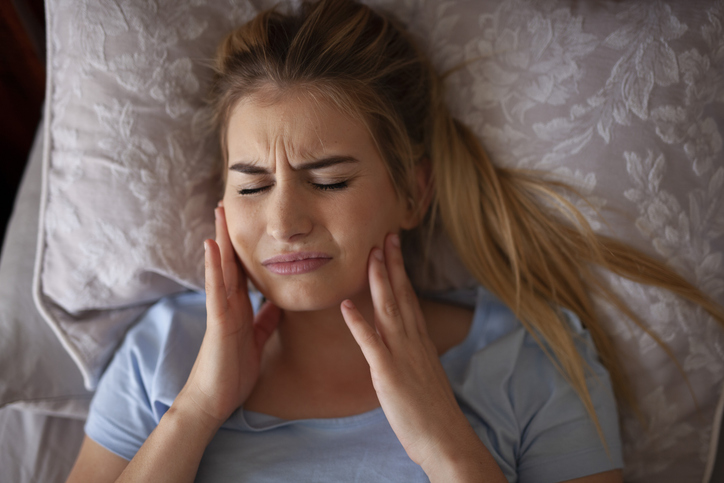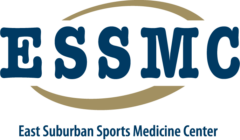TMJ
What is TMJ and how does Physical Therapy help?
TMJ stands for Temporomandibular Joint. It refers to the two joints located on either side of the jaw that connect the lower jaw (mandible) to the skull (temporal bone).
Functions:
- Enables movements such as opening and closing the mouth, chewing, and speaking.

Symptoms of TMJ Disorder
- Pain or tenderness in the jaw, face, or head
- Clicking, popping, or grinding sounds when opening or closing the mouth
- Difficulty opening or closing the mouth
- Headaches
- Earaches
- Ringing in the ears
Causes: Bruising or trauma to the jaw, Grinding or clenching teeth, Misaligned bite, Stress, and Arthritis.



Our Physical therapists treat TMJ (Temporomandibular Joint) disorders by using a combination of hands-on techniques, exercises, and patient education to relieve pain, improve jaw movement, and restore function. Treatments include manual therapy (like soft tissue massage) to release muscle tension, targeted exercises to improve strength and coordination, and posture correction to address underlying issues that strain the jaw. Other modalities, such as dry needling and heat/cold therapy, may also be used.

Treatment methods
Manual therapy
Includes techniques like soft tissue massage to release tension in the jaw, neck, and shoulder muscles.
Jaw exercises
Therapists teach specific exercises to stretch tight muscles, strengthen weak ones, and improve coordination for smoother, less painful movement.
Posture and body mechanics education
Correcting poor head, neck, and trunk posture can reduce strain on the jaw. Therapists provide guidance on proper sitting, sleeping, and standing habits.
Modalities
- Heat/cold therapy: To reduce pain and inflammation.
- Dry needling: Inserting a needle into trigger points in muscles, such as the masseter, to release tension.
- Biofeedback: A therapy that helps you learn to control muscle tension.
- Laser Therapy: A non-invasive method that uses a handheld device to deliver heat, increase blood flow, and promote healing.
You can self-refer for Physical Therapy or speak to your dentist or orthodontist about referring to Physical Therapy for your TMJ symptoms.
